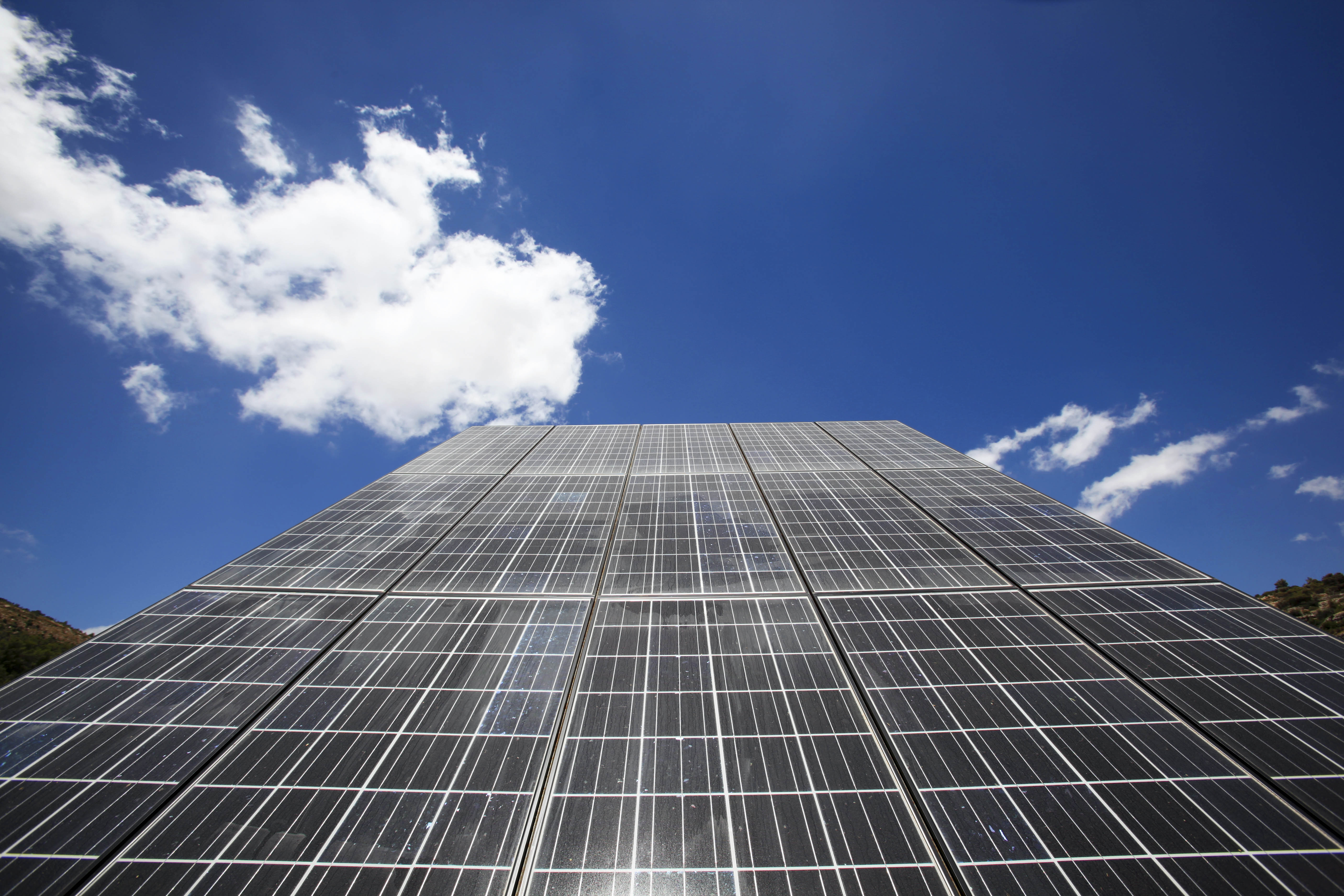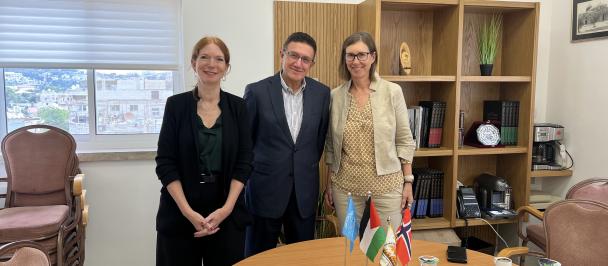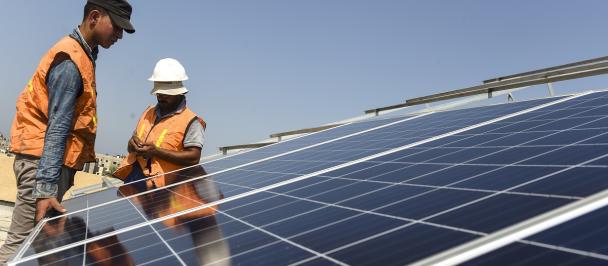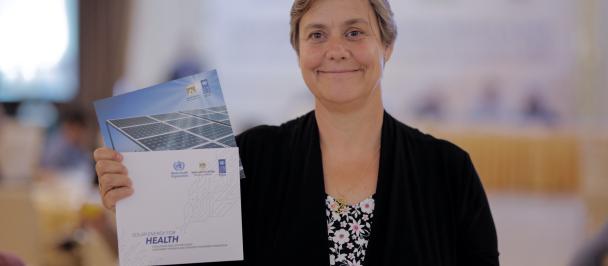Whether it is turning on the lights in the bathroom in the morning, taking a hot shower, switching on the coffeemaker or electric kettle to make tea, turning on the computer at work, or more importantly for some of us – powering our mobile phones, we are very dependent on electricity from the moment we wake up to the instant we fall asleep.
For healthcare workers, their hospitals and clinics require electricity to operate medical equipment such as inhalers for people with asthma, incubators for premature babies, and dialysis equipment for kidney patients, or to keep vaccines and medicines at the right temperature. For those in business, power is needed to run their factories or communicate with their clients. For farmers and those living in rural areas, electricity helps pump water from wells. For students, having a good learning environment is important, such as having enough light to read their textbooks or see the blackboard.
When we have a stable electricity supply, we do not even notice how electricity affects our lives. In Gaza, the situation is entirely different.
Every day, and more than a few times a day, we hear a blip, the lights go out, we wait for a few seconds, and the lights come back on. It is a minor annoyance for those with generators. But normal residents of Gaza only have 12 hours of electricity a day, which is still better than what it was eight months ago, when it was limited to four hours a day. What is even more challenging is that the energy networks equally serve residential, commercial, and industrial facilities, as well as hospitals, schools, water facilities, and water-pumping stations. Thus, during electricity shortages, essential services, including lifesaving medical treatment, can suddenly be impacted.
Gaza has been suffering from a chronic electricity deficit since 2006. The situation became dire after the 2014 hostilities, when the Gaza Power Plant (GPP) was destroyed. Electricity needs are estimated to be around 450 megawatts (MW), but only 85 MW are produced by the GPP. Electricity from Israel is around 120 MW, and there is virtually no supply from Egypt. This translates to a shortage of 245MW or close to 55 percent.
Until recently, generators were the answer, especially for vital services to the population in health and water, sanitation, and hygiene (WASH). However, such humanitarian fuel costs around US$ 10 million per month, totaling US$ 150 million a year on average. With donor fatigue and the reluctance to continue to fund humanitarian fuel, it is no longer financially viable. There are also access restrictions on bringing in generators to Gaza. It is clearly not environmentally sustainable.
The obvious choice is renewable energy, and given that Gaza enjoys 300 days of sunny weather per year, solar energy is most promising. The Palestinian Solar Initiative (PSI) aims to achieve 25 percent of renewable energy sources by 2020, and UNDP has been one of the leading agencies that contributes towards this goal.
Since 2011, through its projects in the areas of health, education, water and sanitation, and agriculture, UNDP has installed solar systems that have generated over 1 MW of electricity. Our principle has always been to ensure high-quality expertise and equipment, so the systems installed are durable and cost-efficient. For example, batteries can be expensive, require maintenance, and need to be replaced every three to five years. Instead, we work with the Palestinian Energy and Natural Resources Authority (PENRA) on policies and with the Gaza Electricity Distribution Company (GEDCO) at the technical level to connect the solar systems to the main grid, so that the extra energy generated can be utilized during the day by others and provide a backup system for limited hours after sunset. A net-metering agreement can also be developed for large-scale projects, and GEDCO can then be responsible for securing energy during the night.
UNDP usually adopts a holistic approach in its projects, where all renewable energy interventions are accompanied by training for the users in order to ensure effective operation of the installed PV systems. There are also strong monitoring systems in place (even a mobile app) on a free website, developed by the manufacturer of the system, to check how much energy is being generated and whether there are any issues, so that they can be addressed immediately. In addition, UNDP promotes energy efficiency by replacing normal light bulbs with LED light bulbs that can save up to 50 percent of lighting electricity consumption. Whereas UNDP has specific energy projects, its approach is to mainstream renewable energy and energy efficiency in projects across all sectors so that this becomes part of a comprehensive solution to the unique challenges in Gaza.
Renewable energy is not simply an environmentally friendly solution – in Gaza, it saves lives and livelihoods.
Chitose Noguchi is UNDP’s Head of Office in Gaza. For over 20 years, she has worked within the UN development system and civil society to serve vulnerable communities, hoping to contribute to a better world for all people. She joined UNDP in 2010, based in New York HQ, focusing on capacity development, quality programming, strategic planning, results management, and inter-agency collaboration. Prior to joining UNDP, Chitose was with CARE International in Sri Lanka, Vietnam, the United States, and Japan, working on community development, partnerships and resource mobilisation, and change management.

 Locations
Locations


